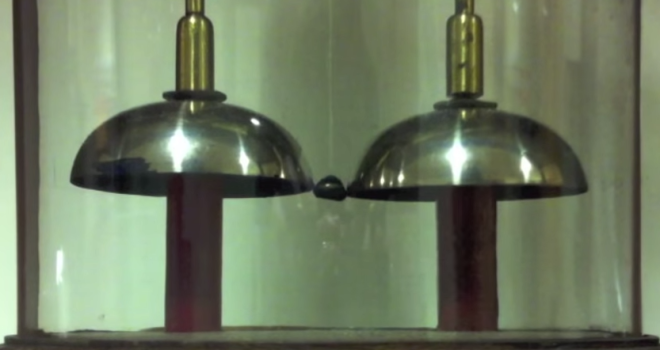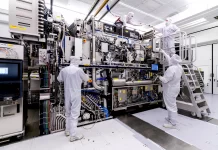An interesting article on Vice.com shows there’s a mystery battery out there, that even scientist can’t exactly explain. Apparently, there’s a bell at the Oxford University, in the Clarendon Laboratory, that has been ringing for at least 175 years.
That bell is powered by a single battery, installed in 1840 and somehow works even today. Researches would like to know what the battery is made of, but they’re afraid to pop open the contraption, because they want to see how long it can still last. The bell’s clapper oscillates back and forth fast and official figures say that it must have rung about 10 billion times over the years.
It involves a “dry pile”, one of the first batteries ever. Those were invented by Giuseppe Zamboni in the early 1800s and use alternating discs of silver, zinc and sulfur to generate low electricity currents. It’s not very clear what the other materials involved here are, but the certain thing is that the outer coating is made of sulphur, sealing the cells and electrolyte inside.
The Guiness Book of World Records has named this power source as “the world’s most durable battery”, but in spite of that the voltage of the battery is so low, that when the bell goes off, it can’t even be heard by the human ear. Apparently, the battery pulls 1 nano Amp of current each time the bell oscillates. Will this inspire the next big thing in phone batteries? Probably not, but it’s worth knowing!
via vice.com









